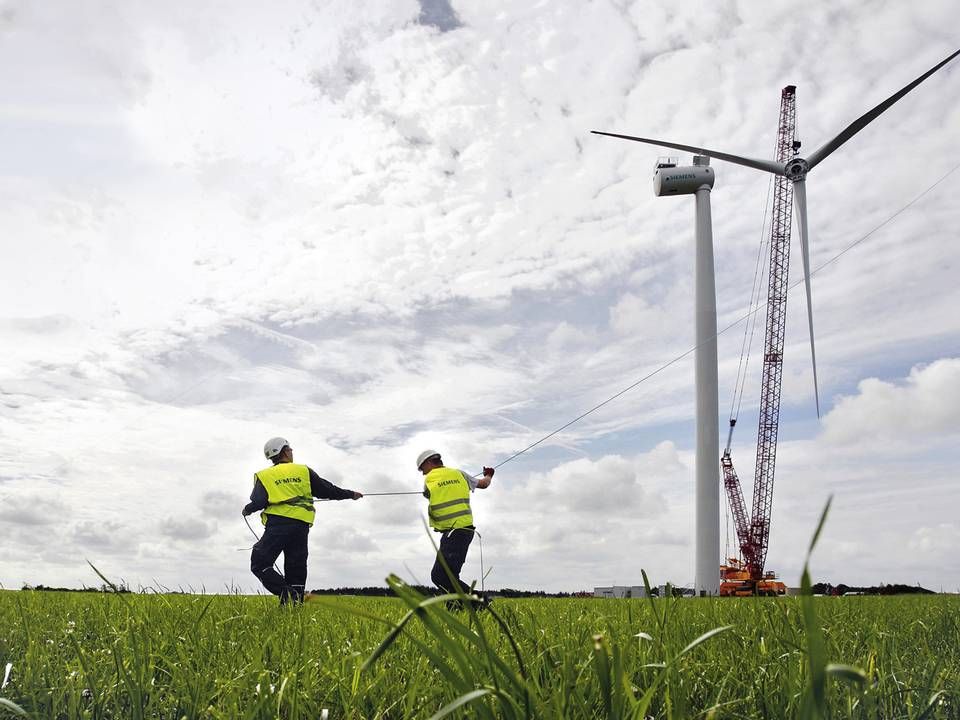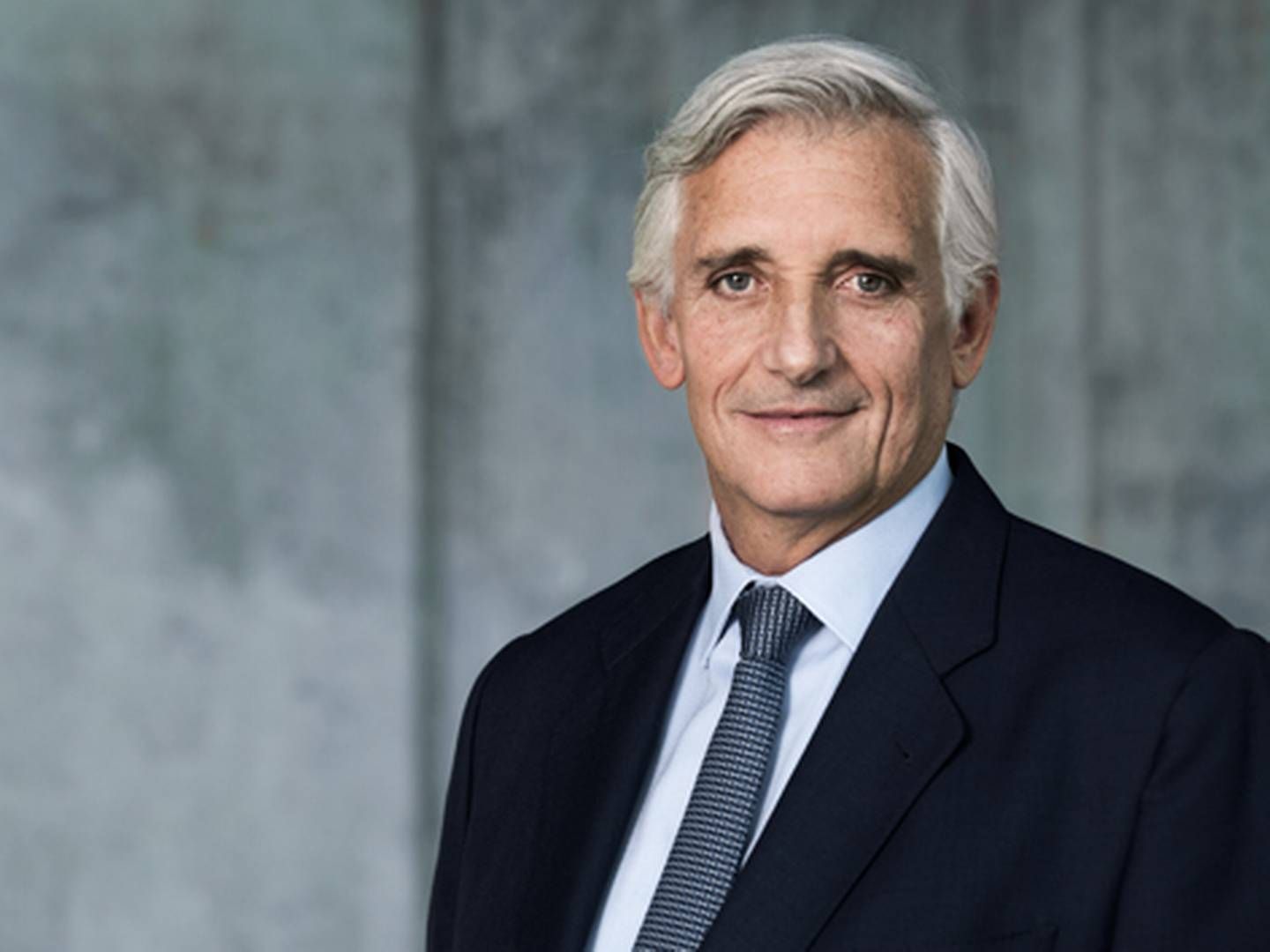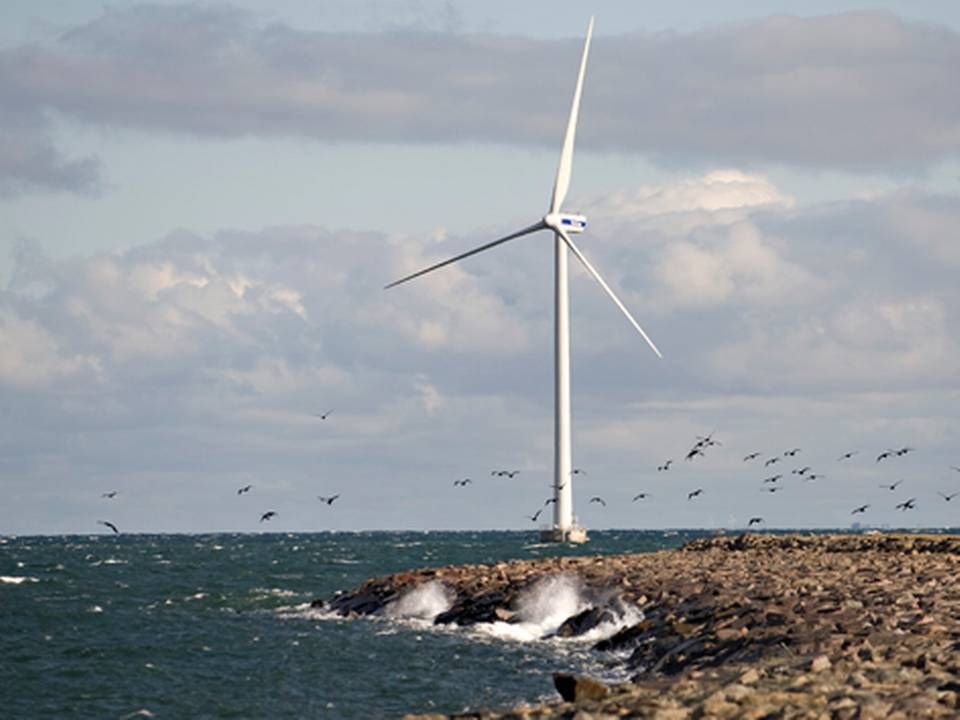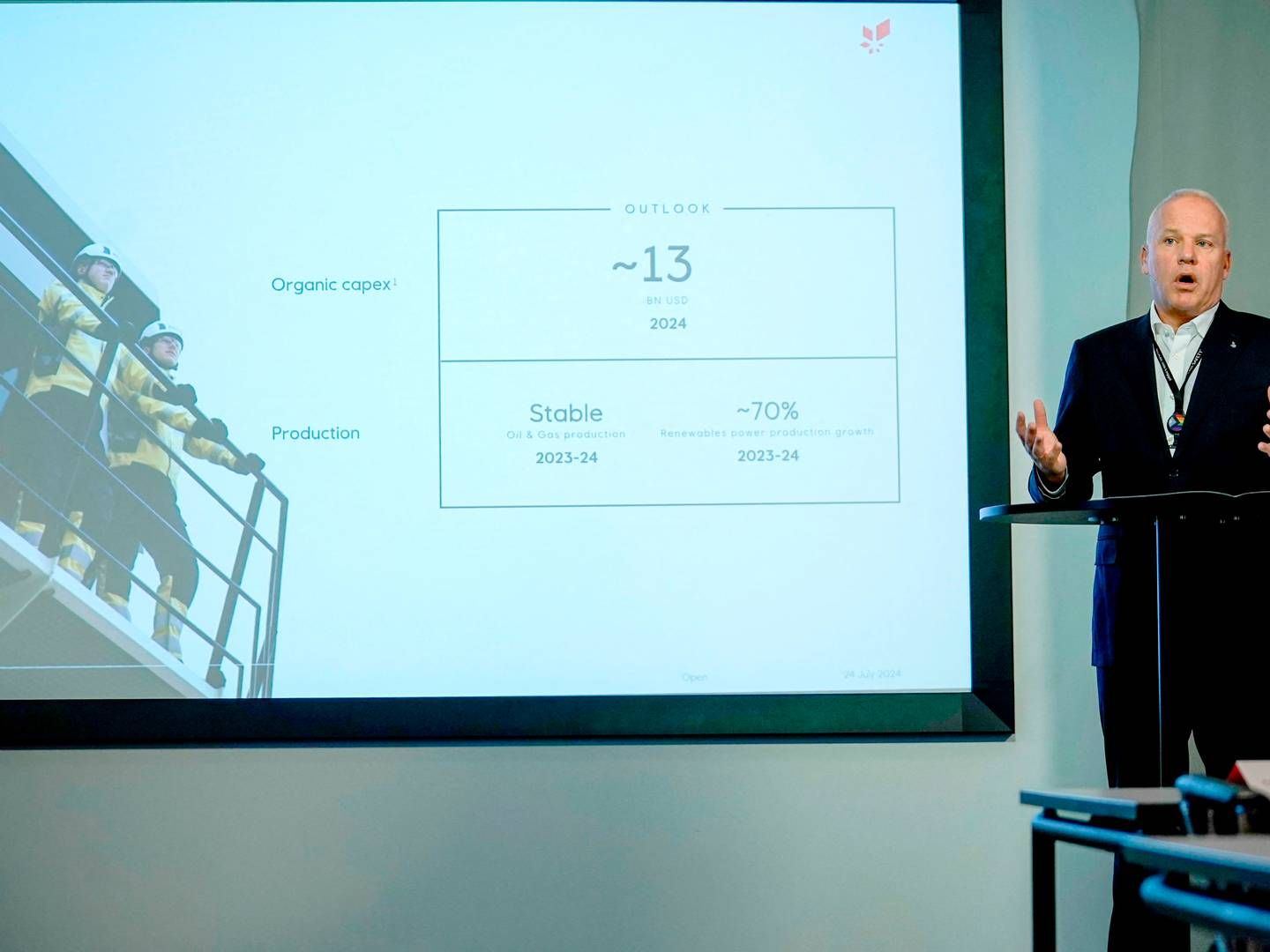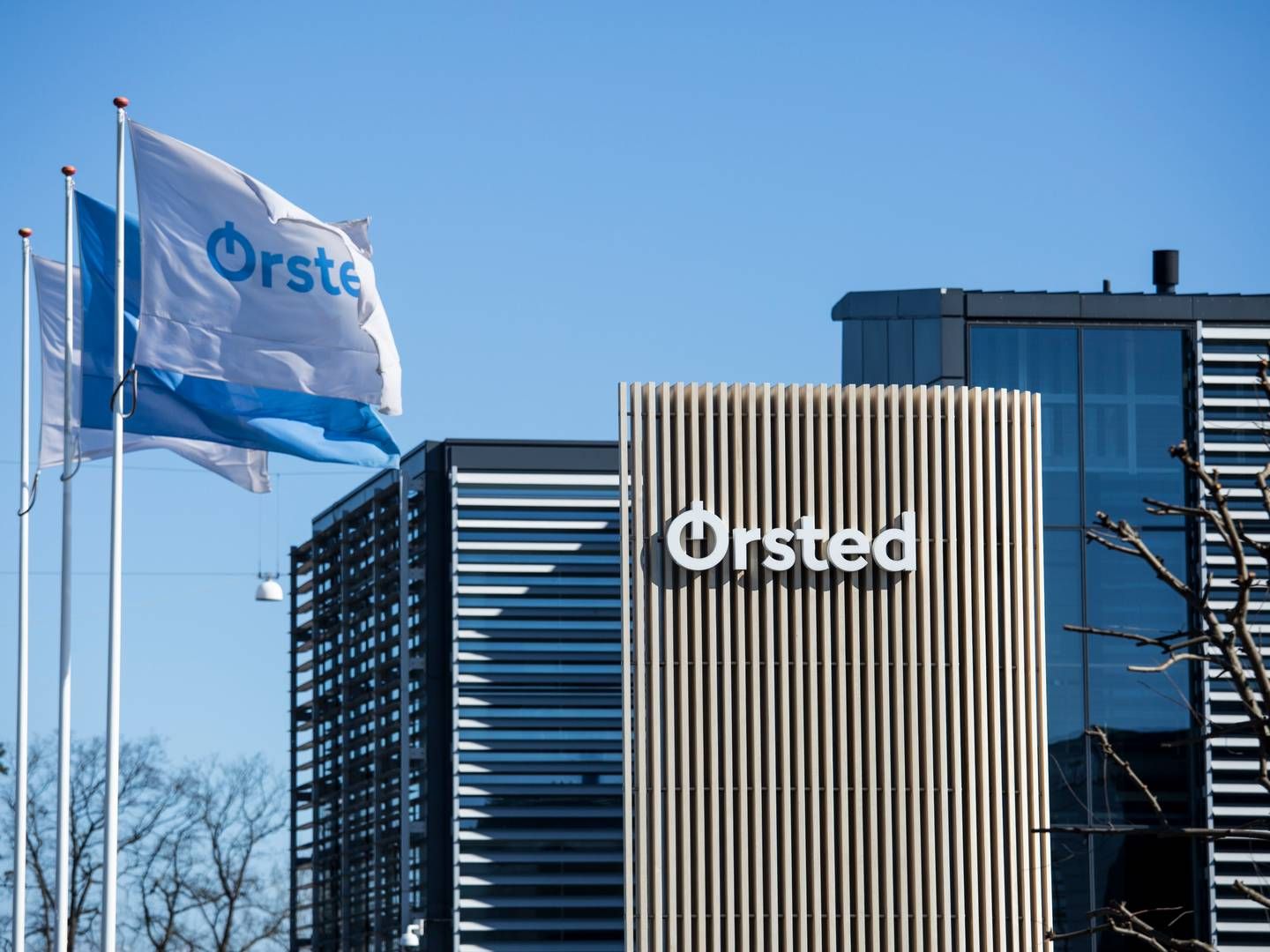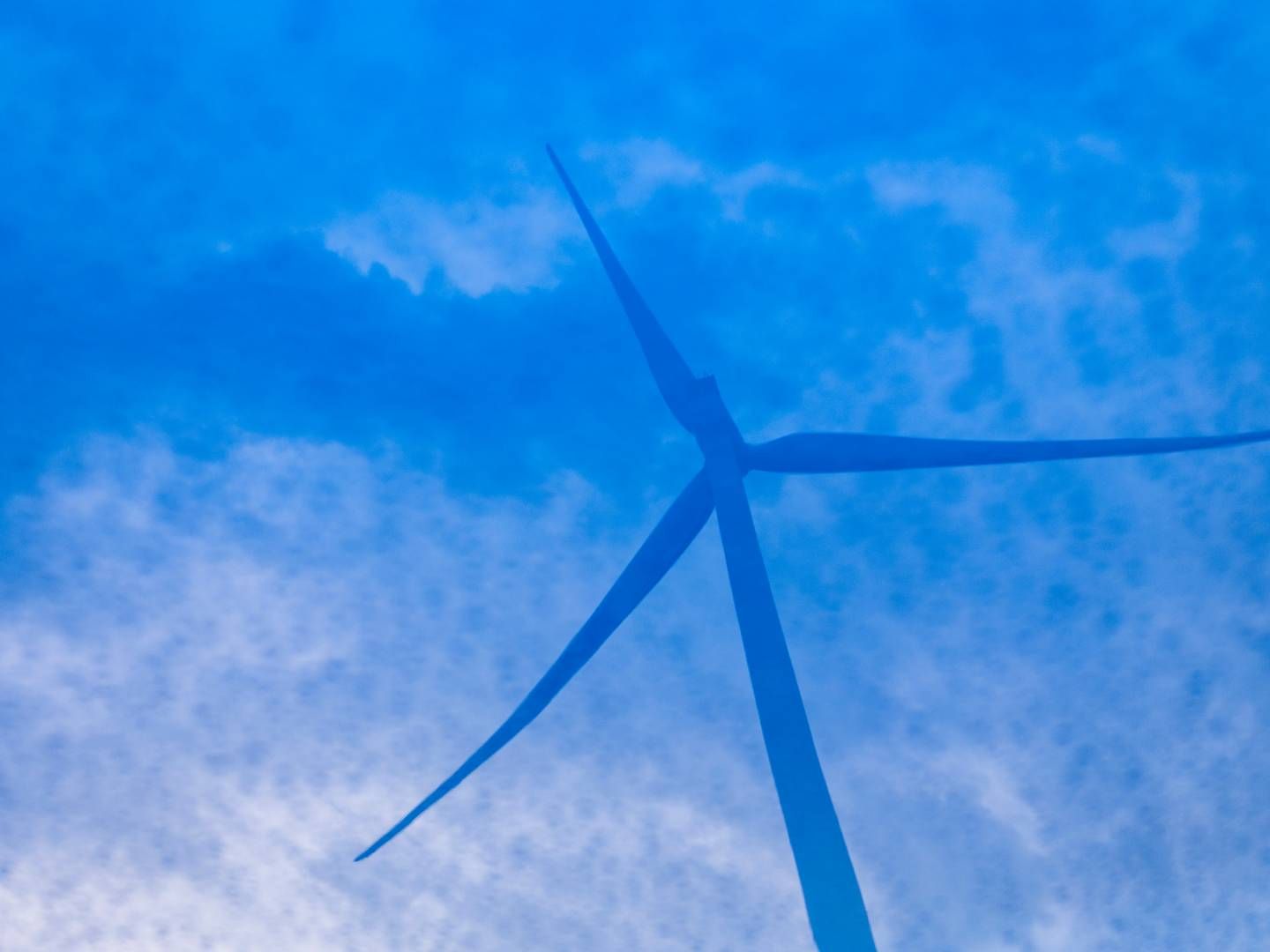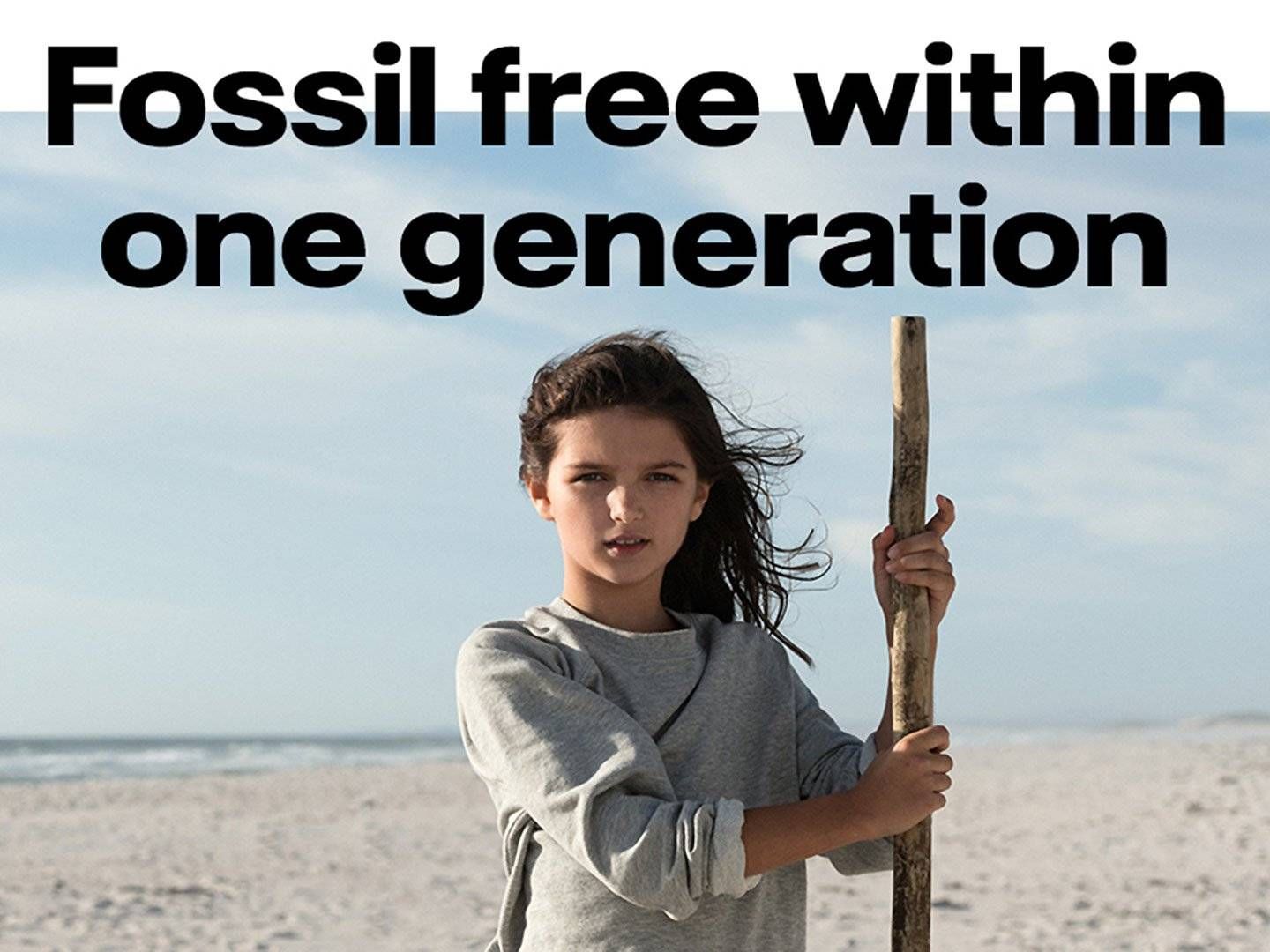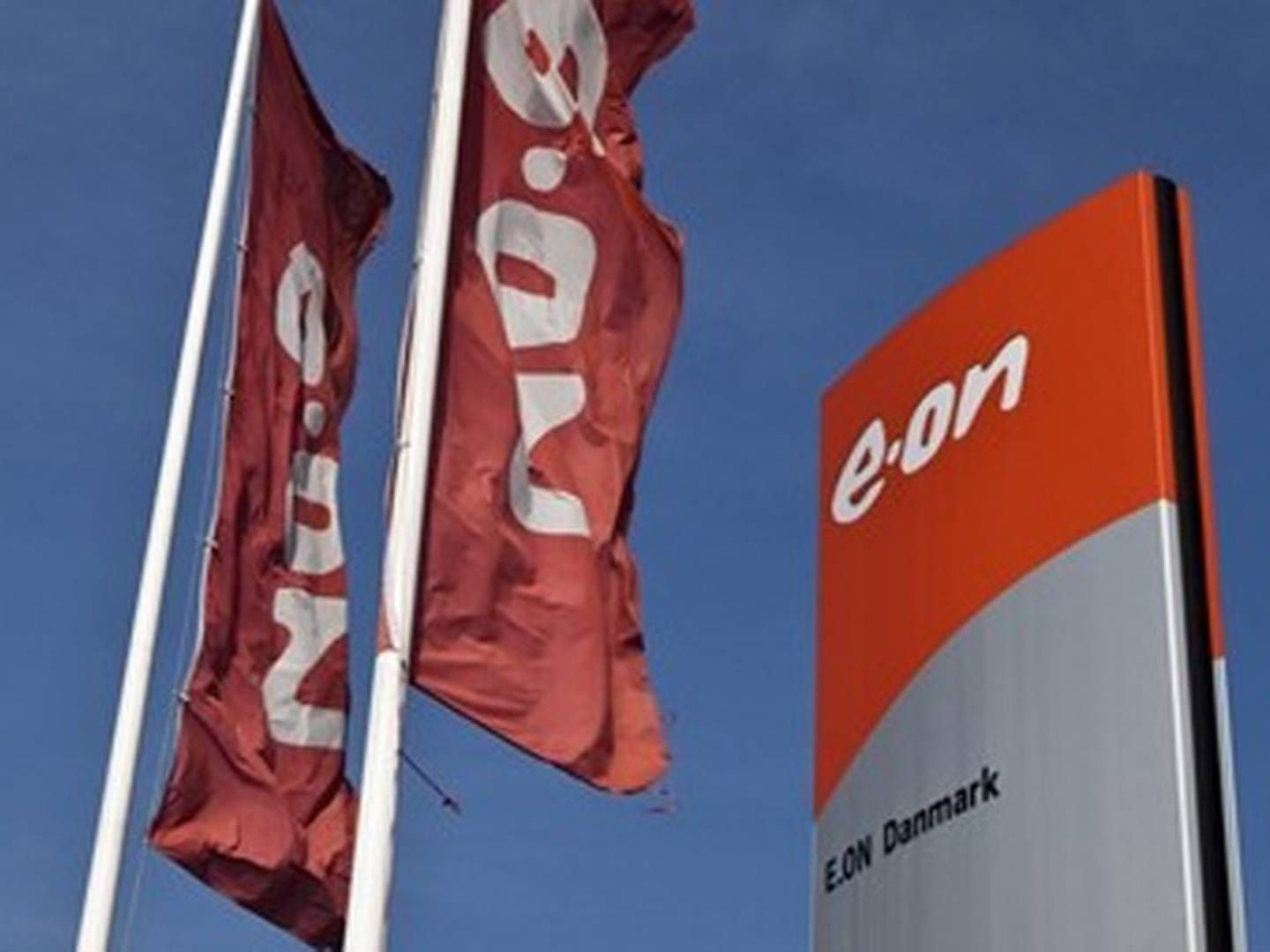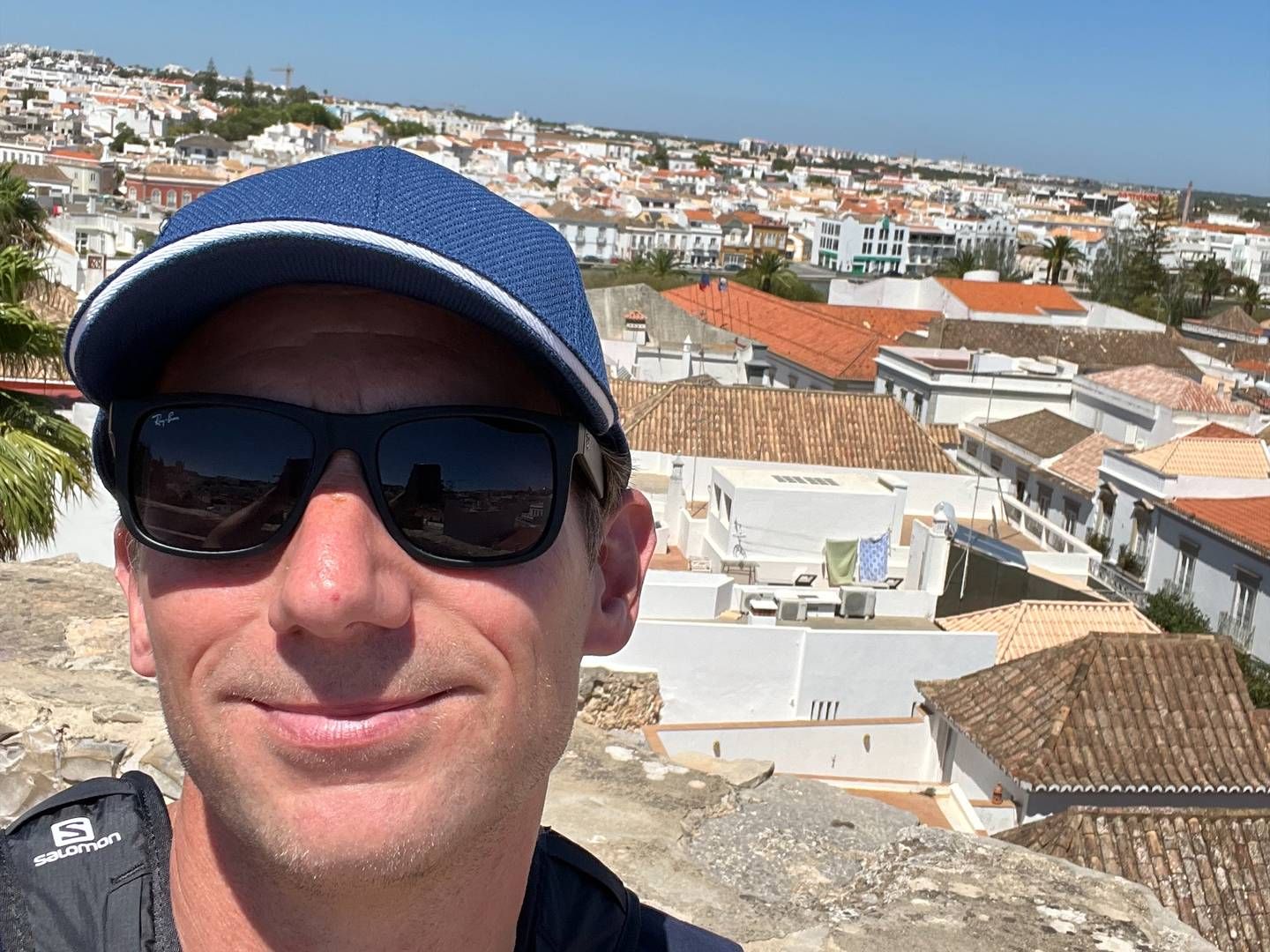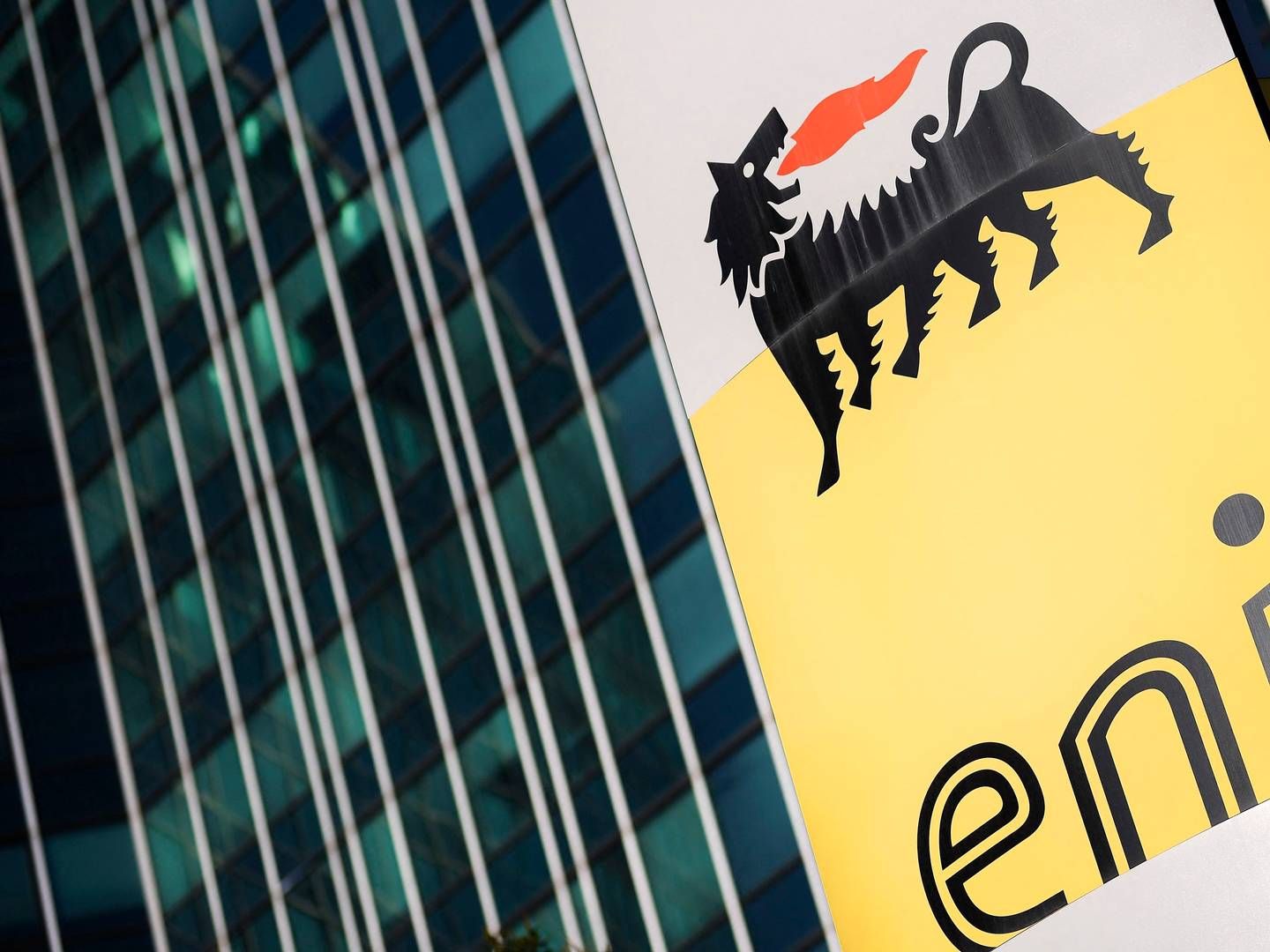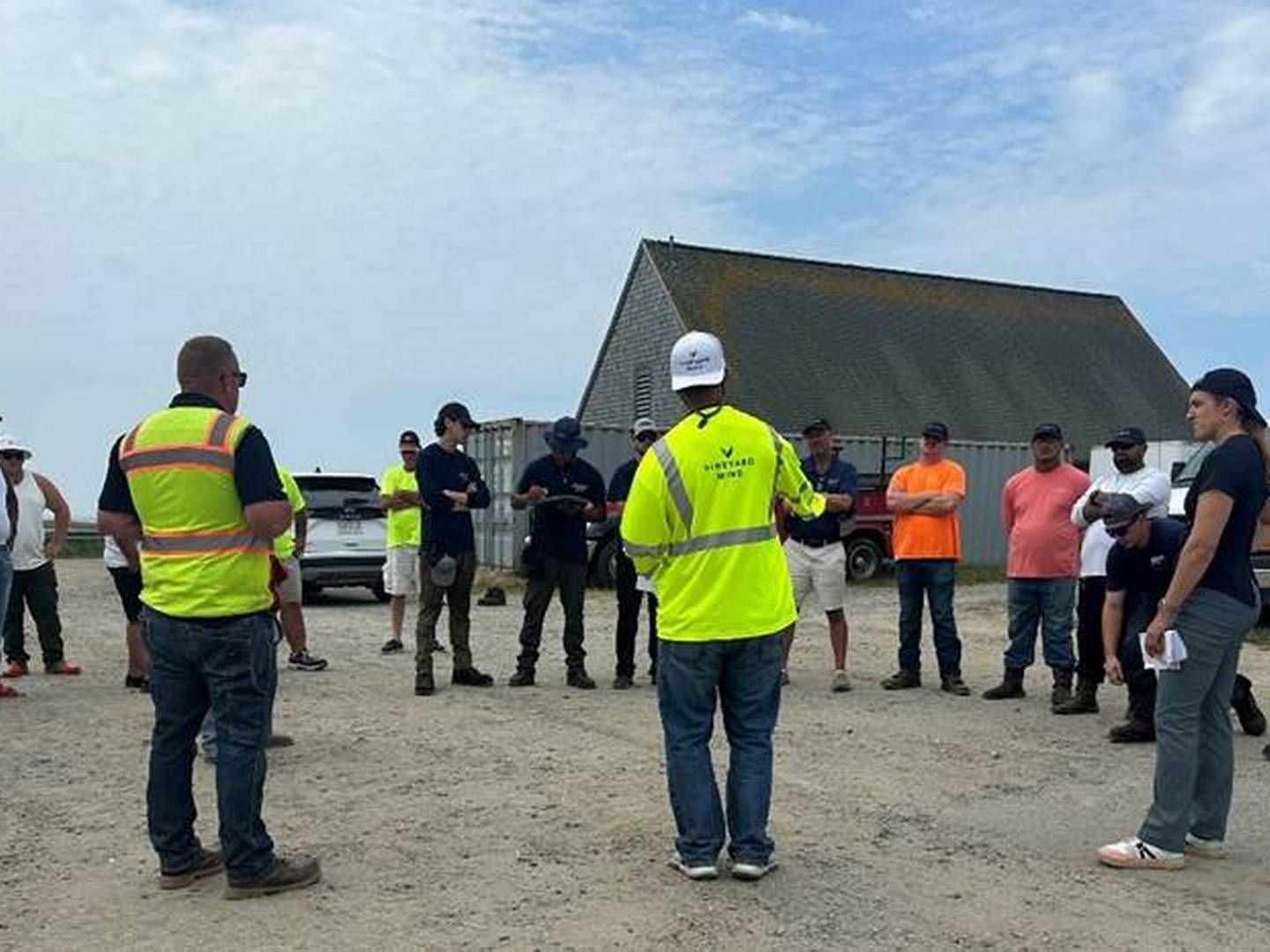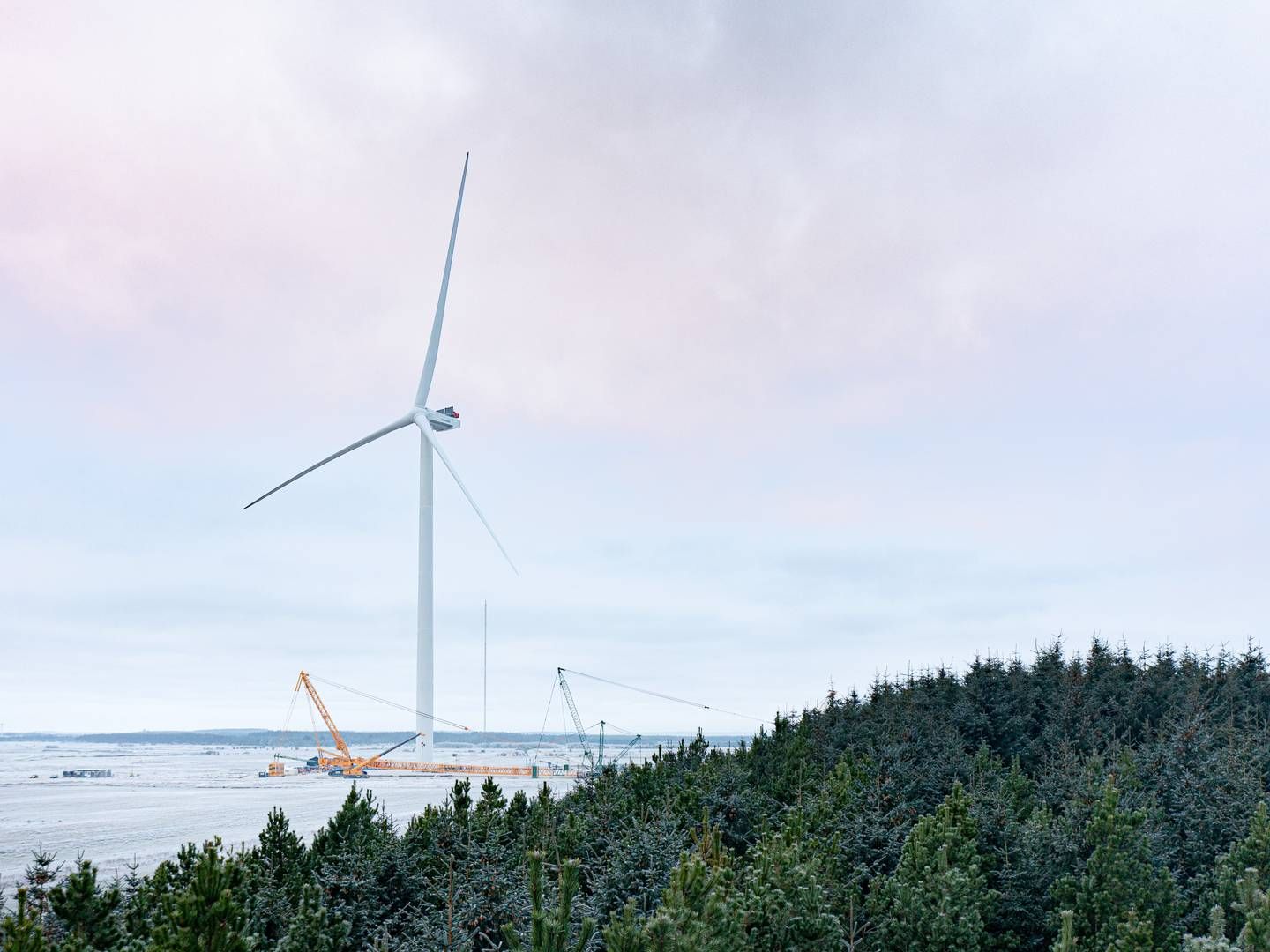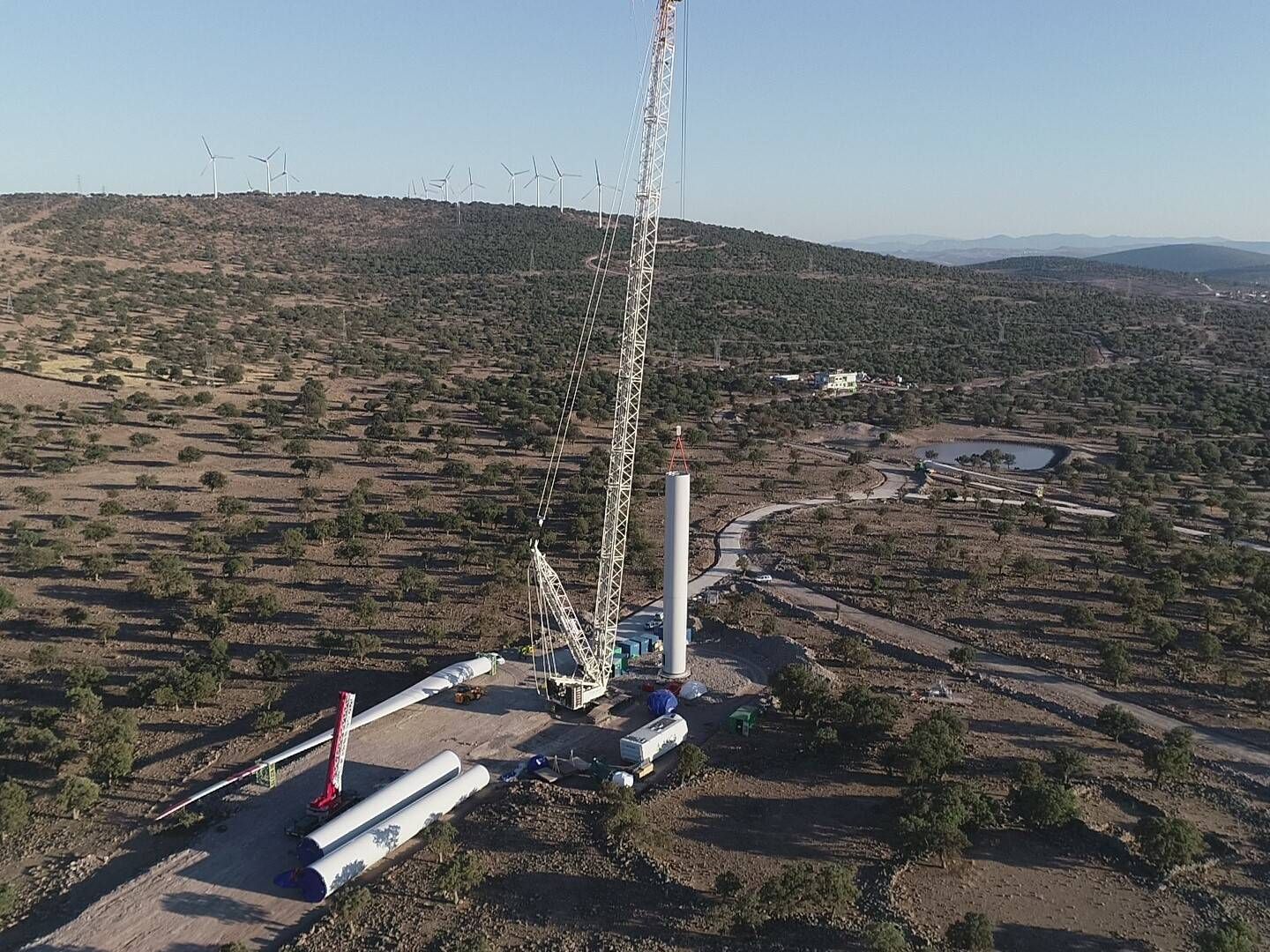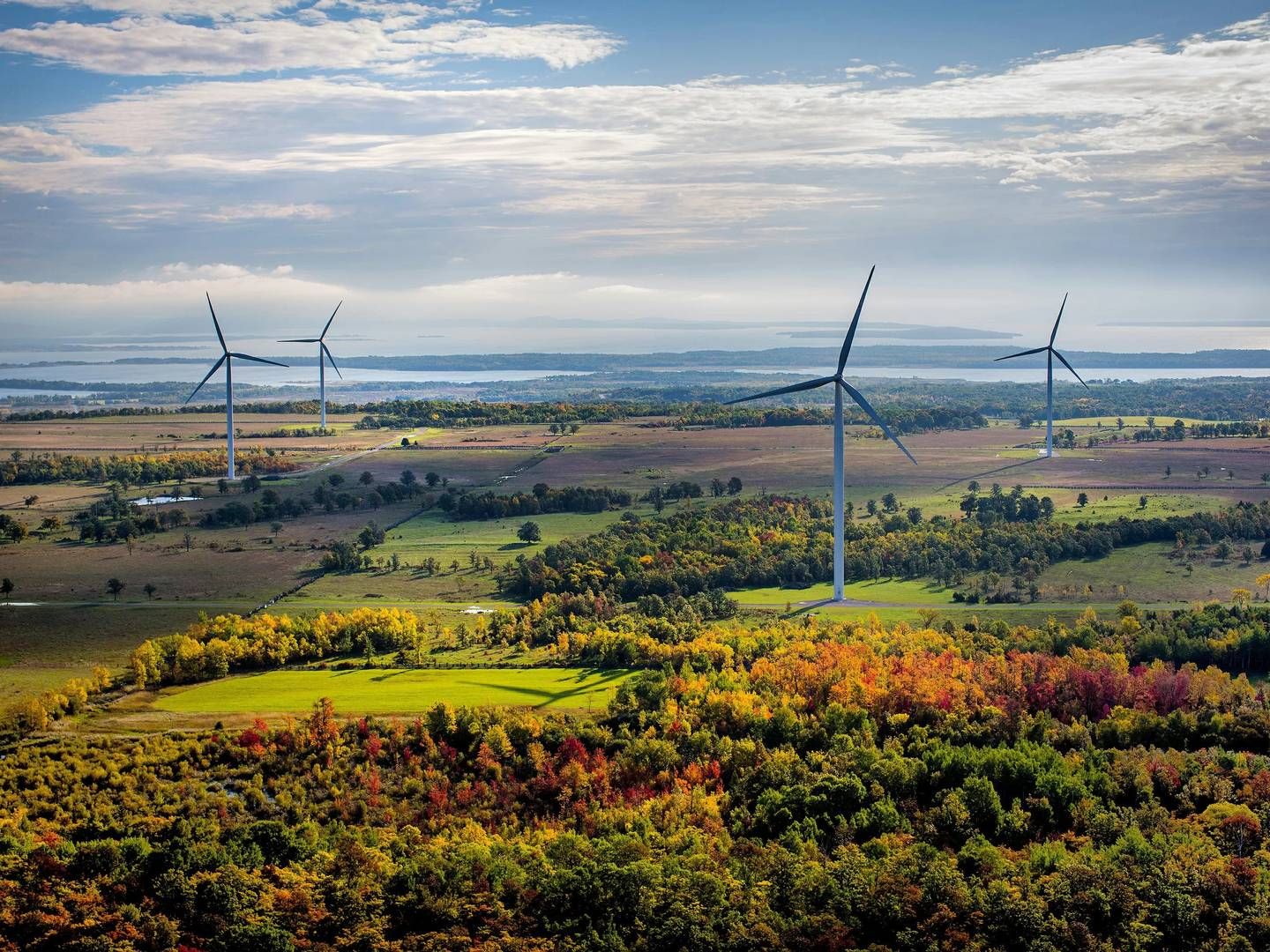Vestas ready to kick off turbine revolution in 2020
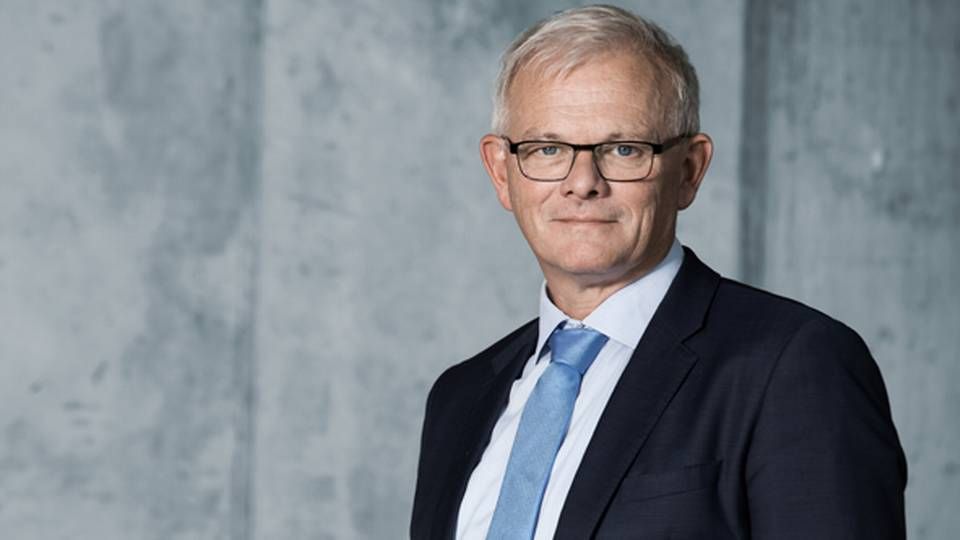
Several wind turbine manufacturers have launched new onshore models with capacities near 4 MW, including Vestas, which last June presented three turbines rated between 4-4.2 MW.
Despite the fact that this meant the 3 MW platform was revamped as a 4 MW model, this was more the case of evolution rather than revolution. The latter sort is, however, on the drawing board regarding the next generation of onshore wind turbines Vestas is developing. Production will begin within the next two years and entails a modular turbine that will make offering several distinct models superfluous.
"I can confirm that we will see the first turbine start to spin in the second half of 2020, and I can confirm that we are bringing a modular architecture to market, which will enable greater flexibility," says Vestas Chief Technology Officer Anders Vedel.
In other words, the turbine allows for scalability to a hitherto unseen degree. Four out of five turbines are already specially configured to individual projects at present, so the turbines – dependent on wind conditions or noise preference settings – will generate more or less than the nominal value on the generator would otherwise imply.
The modular turbine will expand markedly upon that range. Vestas is, for the moment, keeping information on that range confidential, however, it will no longer be necessary to offer discrete platforms for 2 MW, 4 MW or 6 MW, the latter evaluated to be the next size issuance of onshore wind turbines manufacturers will launch.
"Flexibility will not only allow for upward capacity adjustments but will also permit downscaling. The idea is that these turbines will gradually take over to a general degree.
In reality, this does not mean that customers will have fewer choices – quite the opposite. The current difference between the smallest and the largest model in the 4 MW platform is a capacity margin of 750 kW and 45 meters in rotor diameter. The company seeks to expand the number of variations considerably by producing the models as sets for individual assembly.
On the other hand, this modularity will cause the number of components to decrease. This will allow for a higher degree of element standardization, which in turn means that fewer subsuppliers will be required to deliver larger volumes. Such an economy of scale will make it possible to reduce costs and thereby increase profitability in a market that will likely continue to be underpinned by squeezed prices per megawatt.
"We have already taken standardization to a new level, otherwise we would not be content to offer only two products. That has rendered us capable of becoming more sophisticated in optimizing our supply chain," Vedel says, adding:
"With a modular platform, we will be able to have an even closer collaboration with suppliers and work in tandem rather than having every new product launch be a Big Bang event. Thus, complexity will be reduced."
The future's modular mindset could also solve another problem. For the ever-larger wind turbines make transit more difficult and as well as unreasonably expensive, when for instance, elements need to transported by special semi-truck rather than being loaded onto freight trains. Among other solutions, Vestas intends to discontinue the practice of needing to transport nacelles in one piece, whatever the cost.
At the same time, efforts are being made to redesign the process of turbine installation. Instead of needing to hire increasingly larger cranes to lift bigger and bigger components into place atop ever-taller turbines, the company is looking into solutions involving, for instance, mobile cranes that are able to utilize the turbine tower structure for installing the nacelle.
English Edit: Daniel Frank Christensen
Vestas and KK Wind establish new industry standard
Major Ørsted acquisition could attract wind manufacturers to the US
Related articles
Vestas and KK Wind establish new industry standard
For subscribers
Vestas: The war is over
For subscribers

